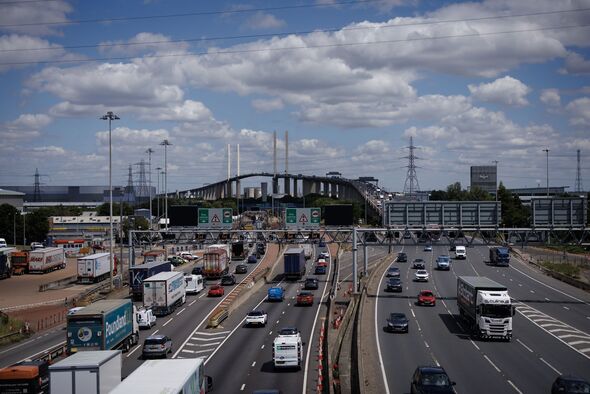
Introduction
The Dartford Crossing, which encompasses the Dartford Tunnel and the Queen Elizabeth II Bridge, is a vital transport link in the United Kingdom. Connecting the counties of Kent and Essex, it significantly eases congestion and facilitates the movement of goods and commuters across the River Thames. Its importance has been underscored in recent years by increasing traffic volumes and the social and economic implications of transport connectivity.
Current Events and Developments
Recent statistics highlight that the Dartford Crossing is one of the busiest crossings in the country, with more than 180,000 vehicles travelling through it each day. To manage this demanding traffic volume, the UK government has been investing in improvements, including upgrading the tunnel and bridge infrastructure. One of the noteworthy initiatives is the implementation of automated number plate recognition (ANPR) for toll collection, which aims to reduce waiting times and enhance traffic flow.
In 2023, initiatives were launched to alleviate congestion, particularly during peak travel times. This includes ongoing discussions about expanding capacity and potentially introducing new charging structures to aid maintenance and future upgrades. However, these proposals have sparked debate among local residents concerned about increased traffic volume and environmental impacts.
Environmental Considerations
The Dartford Crossing does not come without challenges. Environmental groups have voiced concerns about the impact of increased road traffic on air quality in surrounding areas. Local authorities and environmental agencies are collaborating to address these concerns, focusing on creating sustainable transport solutions. Plans to integrate public transport options more efficiently are underway, with an emphasis on encouraging the use of buses and trains over personal vehicles.
Conclusion
As the Dartford Crossing continues to evolve, its significance for the economy and daily commuters remains considerable. The ongoing upgrades and potential changes highlight the need for balancing traffic demand with environmental and community considerations. Forecasts indicate that without effective management, traffic congestion could worsen over the coming years. Thus, it is crucial for stakeholders to engage in proactive discussions about the future of this essential transport link to ensure sustained connectivity while considering the impacts on local communities.
You may also like

The Prince of Wales Bridge: Recent Developments and Significance

Understanding Glasgow Airport and Its Significance
